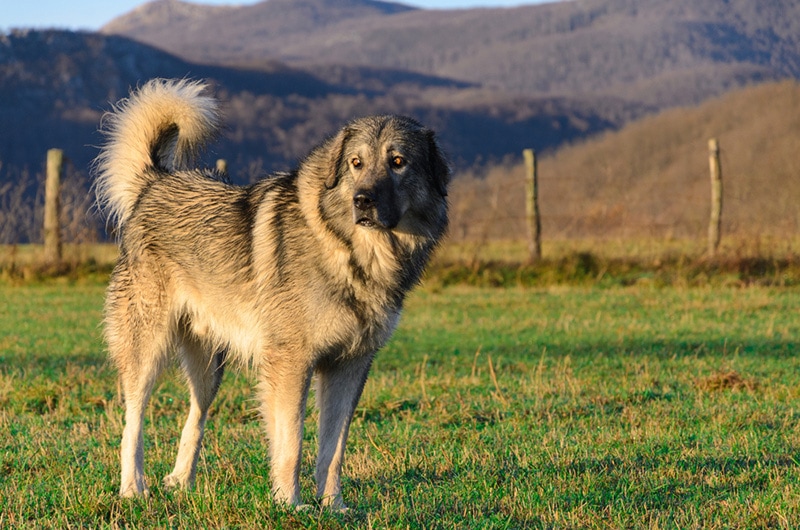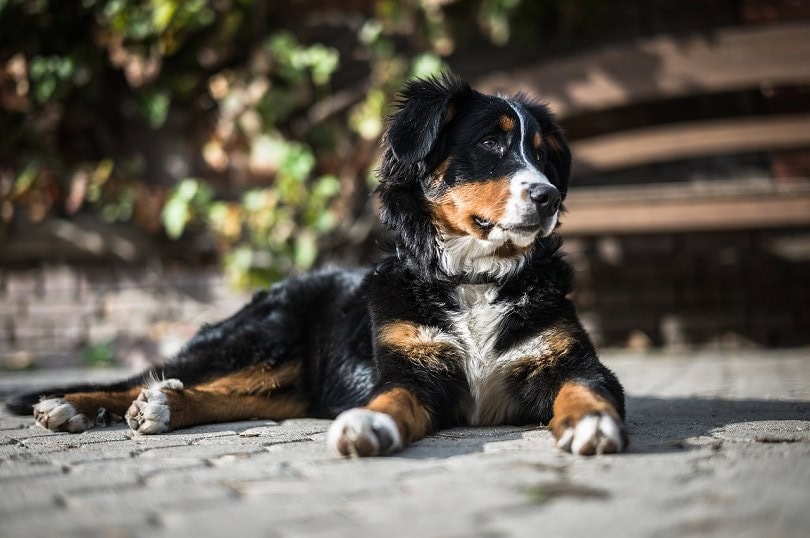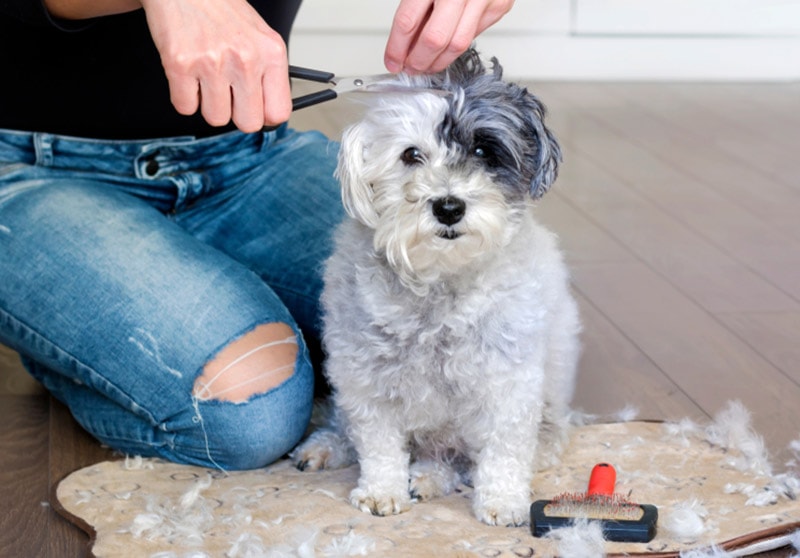Do Dogs & Cats Really Hate Each Other? Truth Unveiled

Updated on
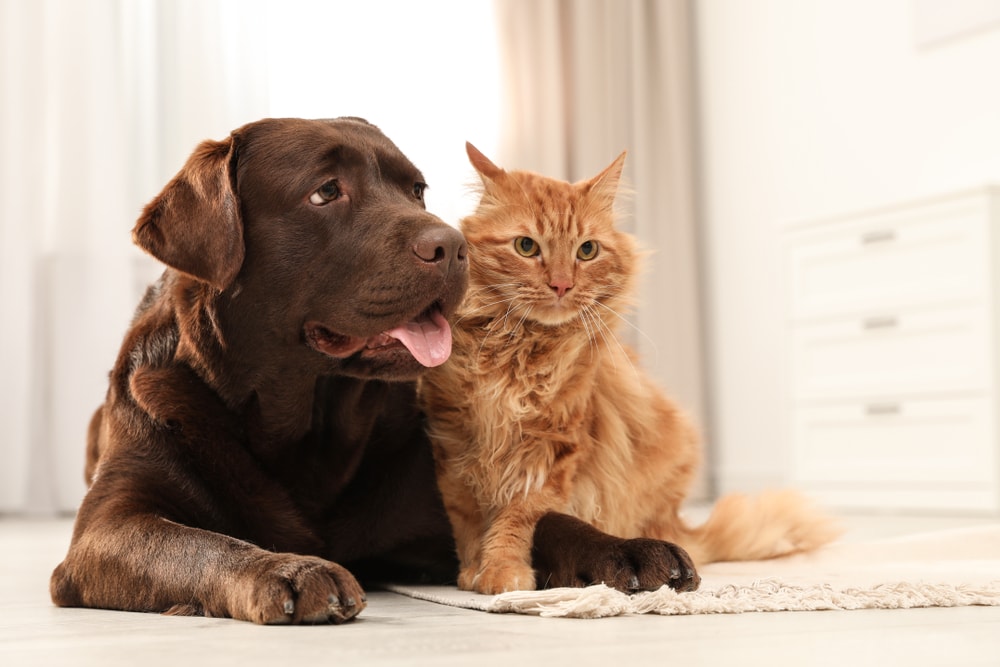
It doesn’t take much digging to find cartoons or other shows to see images and videos of dogs and cats fighting each other. But at the same time, when you’re scrolling through social media, it’s not hard to find plenty of videos and pictures of cats and dogs hanging out together like their best friends.
So, what gives? Do dogs and cats hate each other, or is it just some part of a larger conspiracy theory to make us think these pets don’t get along?
The truth lies somewhere in the middle, with there being some truth to the theory that dogs and cats don’t get along, but there are also plenty of ways to help these two species get along better. We’ll explain why they often fight and give you some tips for smooth integration.
Do Dogs and Cats Really Hate Each Other?
No, dogs and cats don’t hate each other. While some cats and dogs don’t get along, this usually comes down to a few common issues you can begin to navigate once you know what they are.
But in the end, it all comes down to the individual pet’s personality. Sometimes cats and dogs get along just fine, and other times, they’ll fight each other quite a bit.
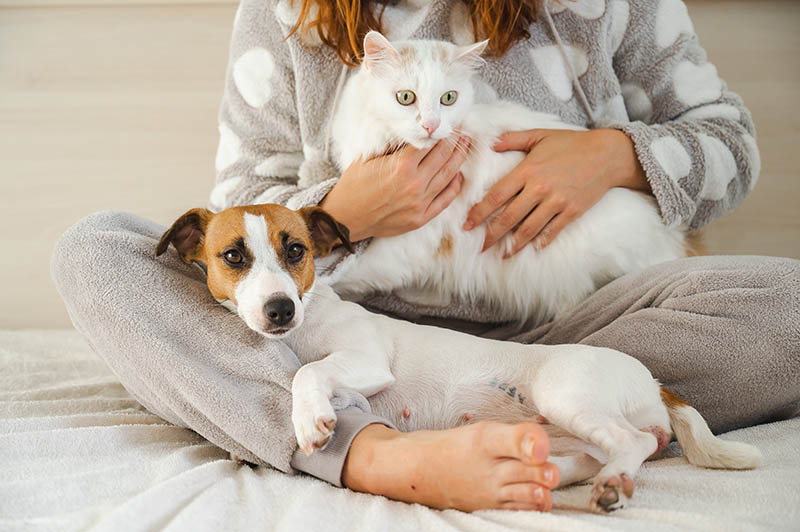
Common Issues With Dogs and Cats
If you’re bringing cats and dogs into the same home, a few things commonly lead to problems. Whether you’re trying to figure out if you think any of these problems will be an issue with your cats and dogs, it’s a good idea to have a plan in place just in case.
1. Chasing Instincts
Dogs love to chase things and small mammals are right in a dog’s chasing sweet spot. The problem is that cats don’t particularly like having animals chase them—what small animal would? The dogs are just trying to play, but it triggers the cat’s prey instincts.
The cat might run away, but it also might decide to fight back with claws. Either way, your cat isn’t having fun, so you need to do your best to keep your dog from chasing the cat around the house.
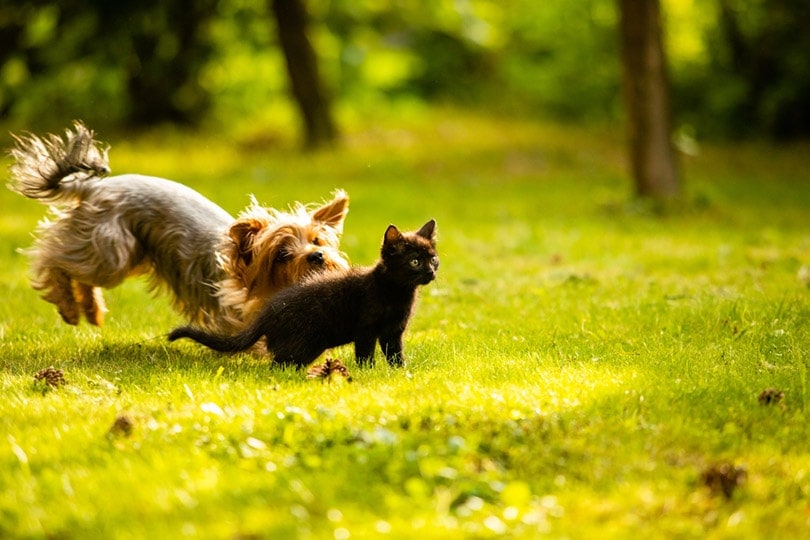
2. Packs vs. Solitary Animals
Dogs live in packs, while most wild cats will live a more solitary life. This naturally leads to problems as the dogs try to add the cats to their pack and get close to them while the cats want their own space.
As the dogs move in, the cats move away or bat at the dog. The best way to deal with this is to try and teach your dog simply to leave the cat alone.
3. They Both Want Your Attention
Both cats and dogs love attention from their owner, and jealousy is a real problem between the two breeds. This problem can worsen if the owner pays more attention to one animal than the other. If you’re getting a dog and a cat, you need to have enough time and energy for both!

Tips for Introducing Dogs and Cats
If you’re bringing a cat and a dog into the same home, there are a few things you can do to help reduce the likelihood of any problems. We’ve highlighted three tips for a successful introduction for you here:
1. Do It Slowly
When you’re introducing your cat and dog to each other, don’t force them to spend too much time together right away. Try to get them used to each other before giving them complete access to each other too. This will help keep them from overwhelming each other.
Most of the time the goal is to make it so the cat and dog don’t care about each other. That way, they’ll leave the other one alone and you won’t have any problems.
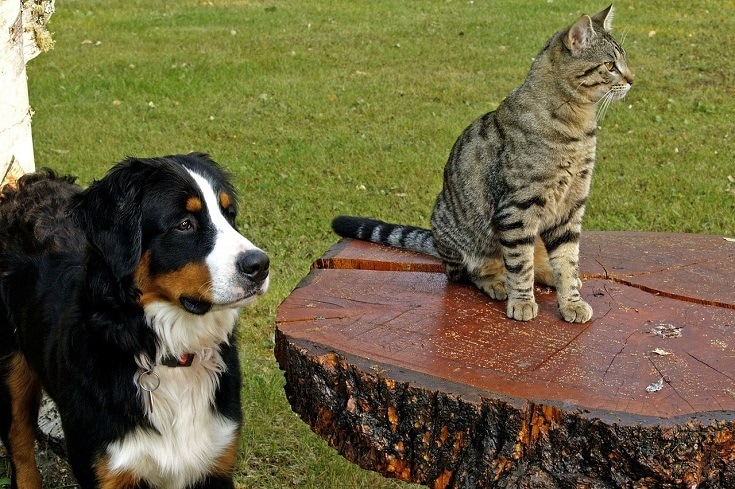
2. Give Them Places to Get Away From One Another
Both the cat and a dog need to have somewhere they can get away and the other animal can’t get to. Cages are a great space to dedicate to each pet, but you need to ensure that the other animal doesn’t violate the safe space.
Having somewhere for both animals to get away, feel safe, and reset can go a long way in preventing problems between the two animals.
3. Stay Close
When introducing the animals for the first few times, you need to stay close to them so you can intervene if need be. Read the animals’ body language and keep things from escalating. Keep in mind that cats and dogs communicate differently, so you might be able to pick up when one isn’t happy while the other animal doesn’t notice the warning signs.
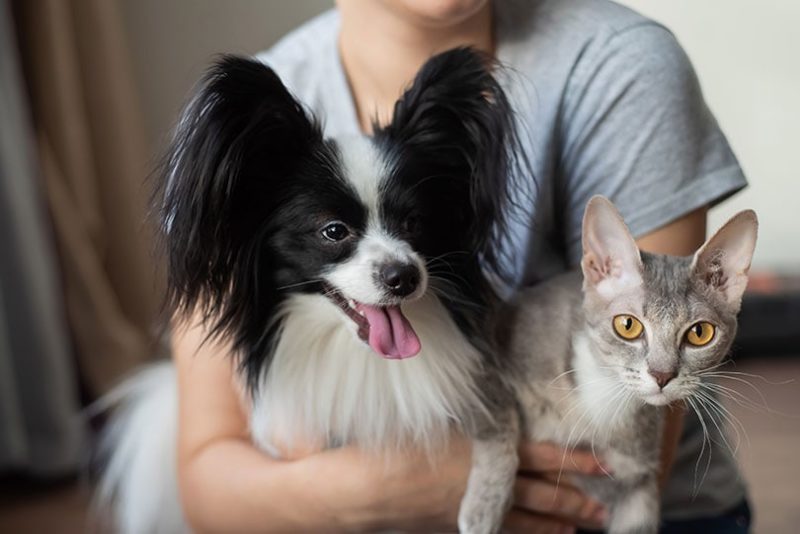
Summary
While many media outlets portray cats and dogs constantly fighting, the truth is a bit more nuanced. And with a little work and patience, there’s no reason you can’t get your cat and dog to get along with each other even if they’re not best friends right away.
Of course, sometimes you’ll get lucky and your dog and cat will get along right from the jump, so you won’t have to do anything special! However, this isn’t always the case.
Featured Image Credit: New Africa, Shutterstock



